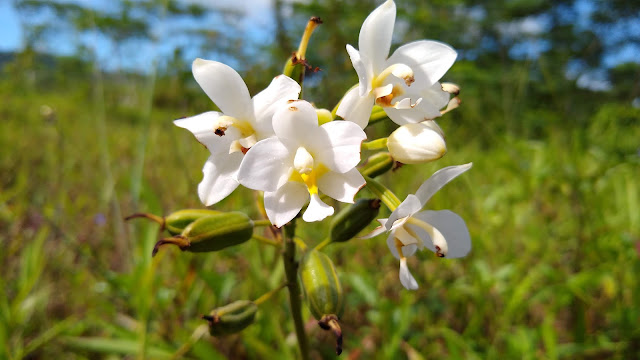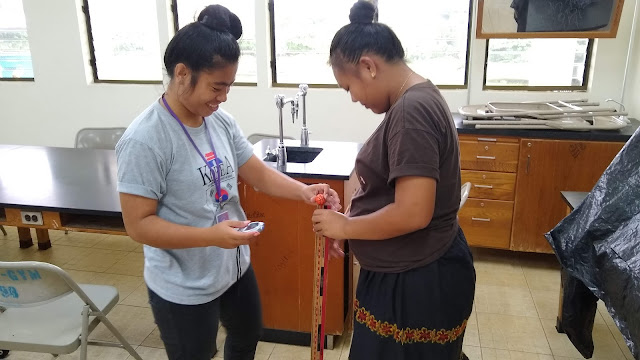Assessing Learning in Ethnobotany

SC/SS 115 Ethnobotany proposes to serve three program learning outcomes through two course level outcomes. The course serves learning outcomes in general education and the Micronesian studies program. PLO SC/SS 115 CLO GE 3.4 Define and explain scientific concepts, principles, and theories of a field of science. 1. Identify local plants, their reproductive strategies, and morphology. GE 4.2 Demonstrate knowledge of the cultural issues of a person’s own culture and other cultures. MSP 2 Demonstrate proficiency in the geographical, historical, and cultural literacy of the Micronesian region. 2. Communicate and describe the cultural use of local plants for healing, as food, as raw materials, and in traditional social contexts. CLO 1 Identify local plants, their reproductive strategies, and morphology. The twenty-three students (8 female, 15 male) who completed the course engaged in a number of activities in support of this learning outcome. Reproductive strate

